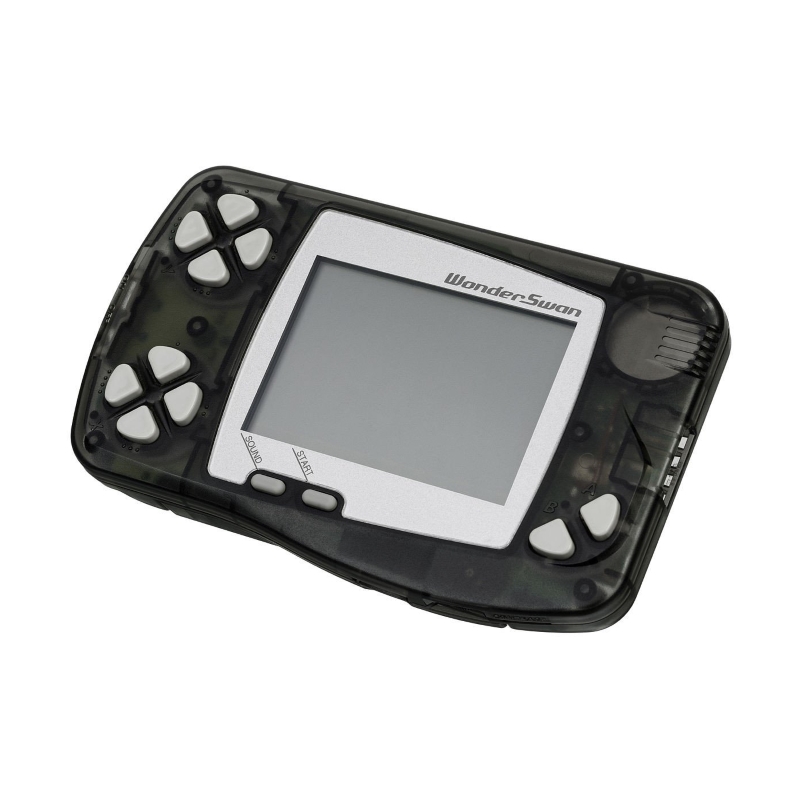

The WonderSwan had ample buttons to replicate the arcade game and even came with a miniature turntable peripheral. Even vocals are included, and the sound quality is vastly superior to the Game Boy port. Beatmania for WonderSwan is actually based on Beatmania 3rdMix, and features surprisingly faithful renditions of the original arcade tunes. (Keep in mind that this was 12 years prior to the release of DJ Hero.) Players are judged on the timing of each input and will be penalized for playing the wrong keys or scratching at the wrong time. In Beatmania, players assume the role of a DJ and are challenged to follow along with the onscreen instructions by manipulating five keys and a turntable controller. Konami’s Beatmania hit arcades in 1997 and contributed greatly to the popularity of music and rhythm games. Even though Moonlight Museum doesn’t quite live up to its own potential, it’s still the best (and most charming) platformer on the WonderSwan.

Moonlight Museum is available exclusively in black-and-white, but the game makes good use of the WonderSwan’s hardware by allowing players to switch the perspective from horizontal to vertical for certain levels. The game is pretty easy and there are no bosses to speak of, but it’s a lot of fun and has high replay value. Moonlight Museum would probably have benefited from a little more action, however. Subsequent Klonoa games on the Game Boy Advance were basically built off the same foundation.
Oswan wonderswan portable#
As the first handheld game in the series, Moonlight Museum helped set the stage for future portable releases and put a larger emphasis on environmental puzzles.

For obvious reasons, Moonlight Museum adopted a fully 2D style, but the enemy-grabbing and double-jumping mechanics used in the original PlayStation game were retained. Retrospective feedback praises the potential of the WonderSwan despite its low sales and its brief time holding its own against Nintendo in the marketplace.The first Klonoa was one of the best platformers available for the PlayStation and helped pioneer the concept of “2.5D” games that used traditional 2D gameplay within 3D environments. Overall, the WonderSwan in all its variations combined to sell an estimated 3.5 million units and managed to obtain as much as 8% of the Japanese handheld video game console market before being marginalized by Nintendo's Game Boy Advance. The WonderSwan is playable both vertically and horizontally, and features a unique library of games, including numerous first-party titles based on licensed anime properties, as well as significant third-party support from developers such as Squaresoft, Namco, Capcom and Banpresto. Later improvements took advantage of quality upgrades to the handheld's screen and added color. Powered by a 16-bit central processing unit, the WonderSwan took advantage of a low price point and long battery life in comparison to its competition, Nintendo's Game Boy Color and SNK's Neo Geo Pocket Color. During its lifespan, no variation of the WonderSwan was released outside of Japan. Released in 1999 in the fifth generation of video game consoles, the WonderSwan and its two later models, the WonderSwan Color and SwanCrystal were officially supported until being discontinued by Bandai in 2003. It was developed by Gunpei Yokoi's company Koto Laboratory and Bandai, and was the last piece of hardware Yokoi developed before his death in 1997. The WonderSwan is a handheld game console released in Japan by Bandai.


 0 kommentar(er)
0 kommentar(er)
